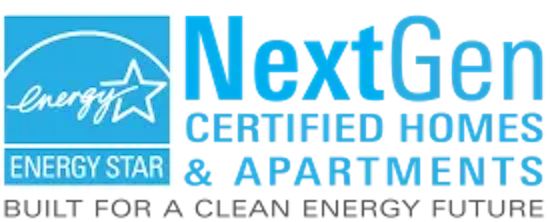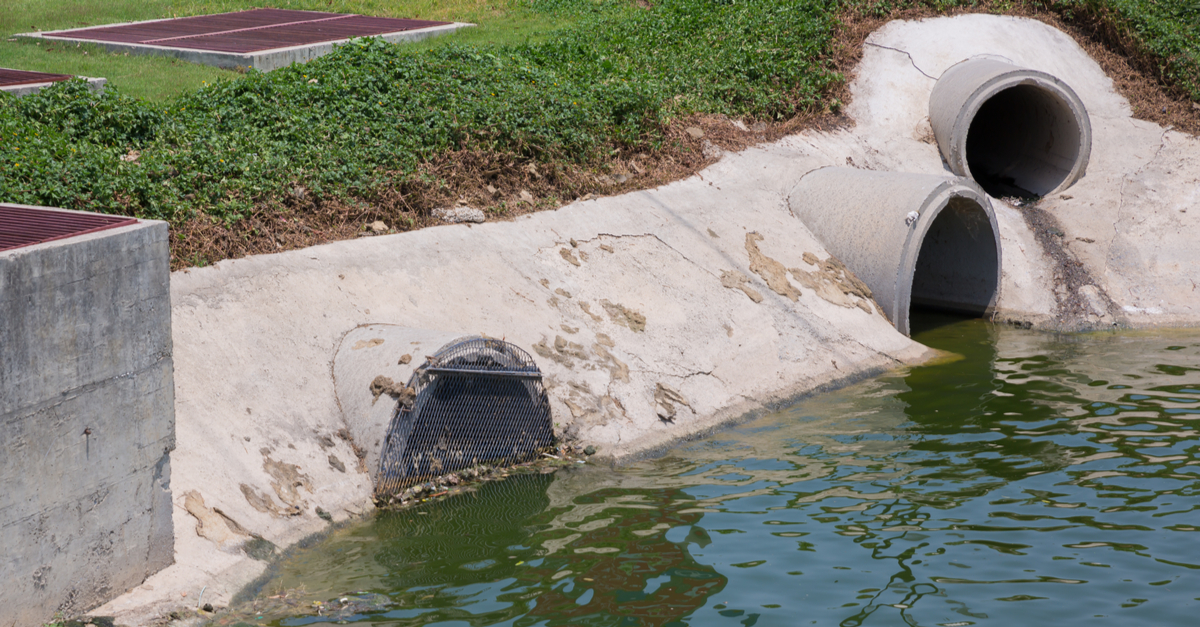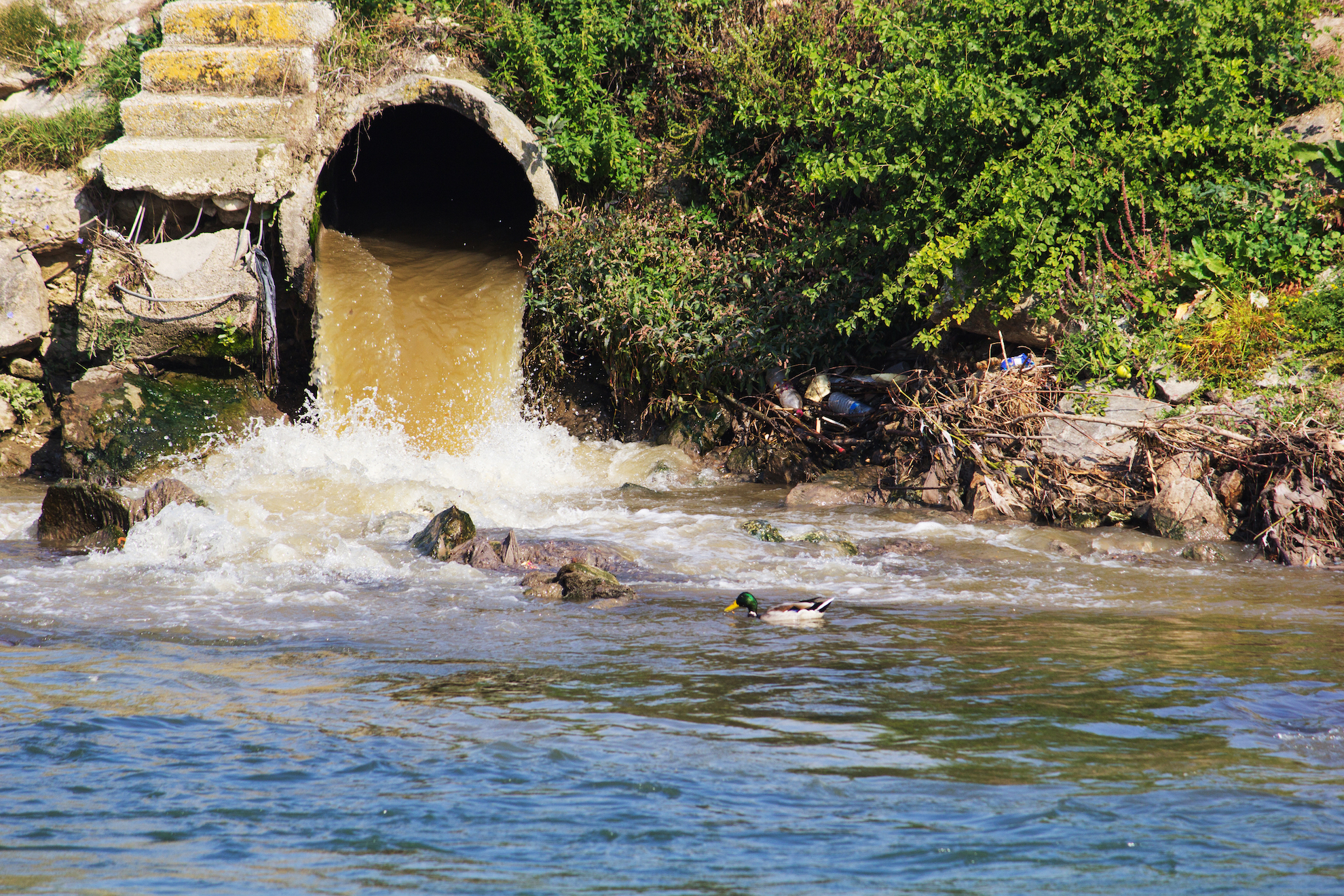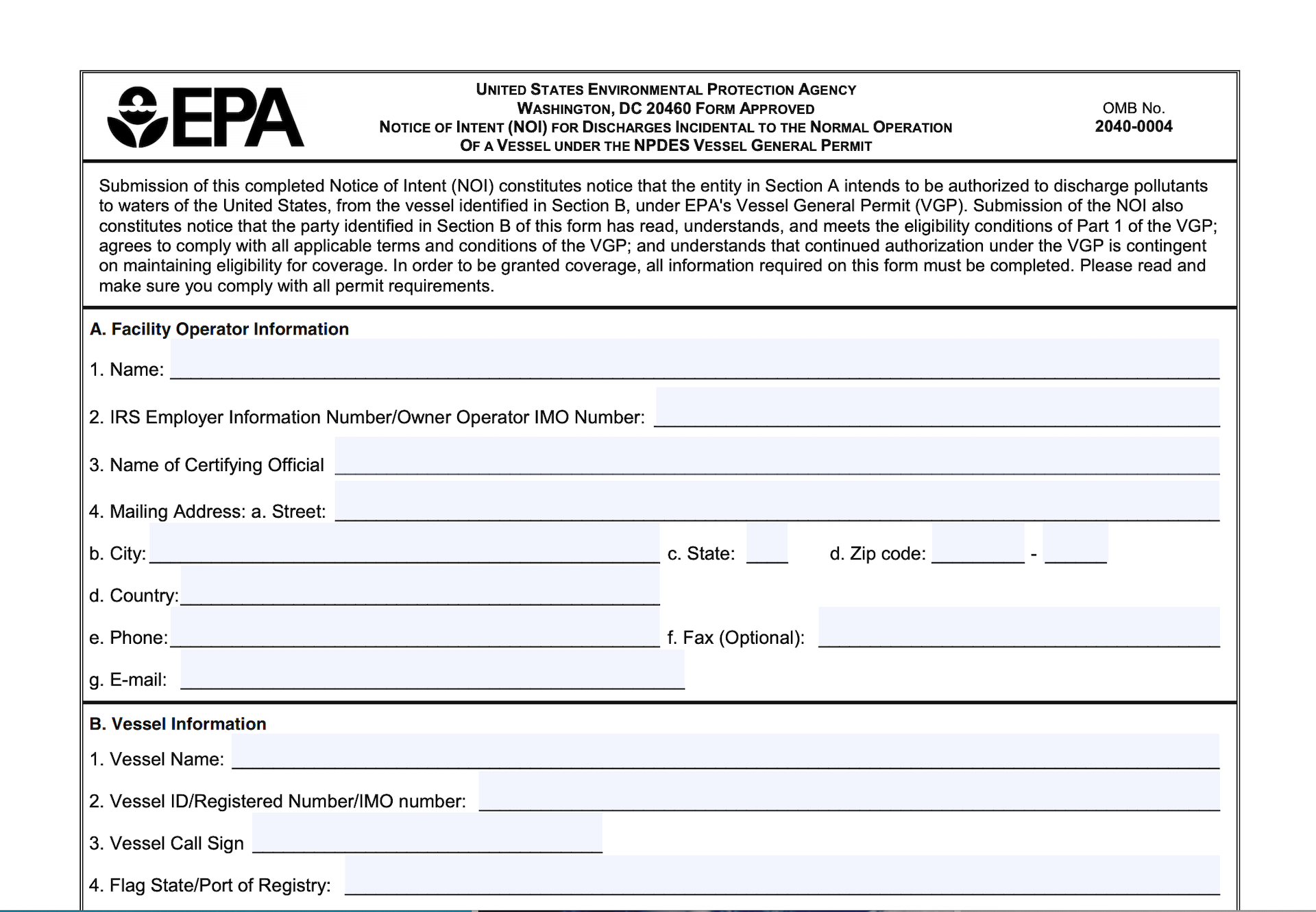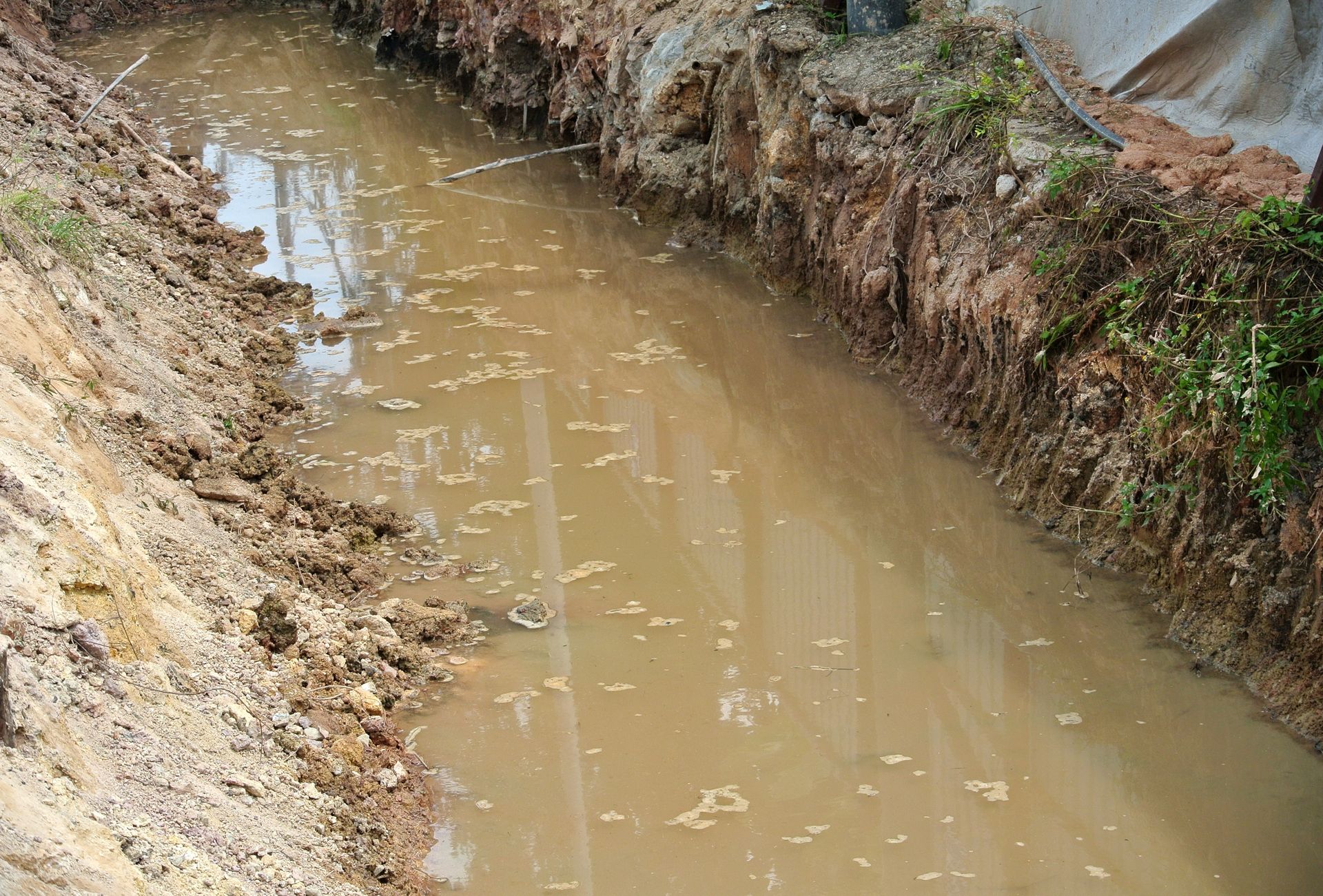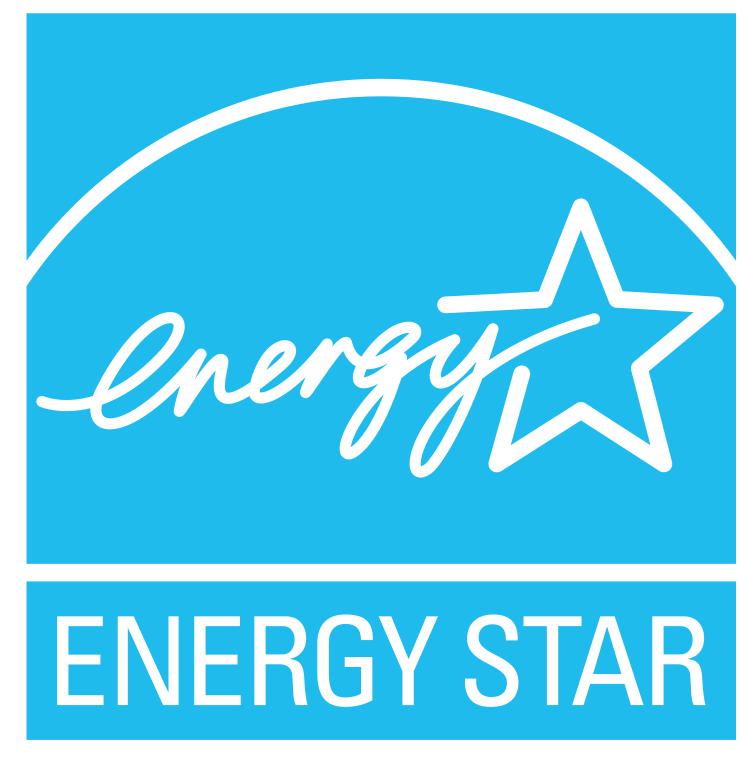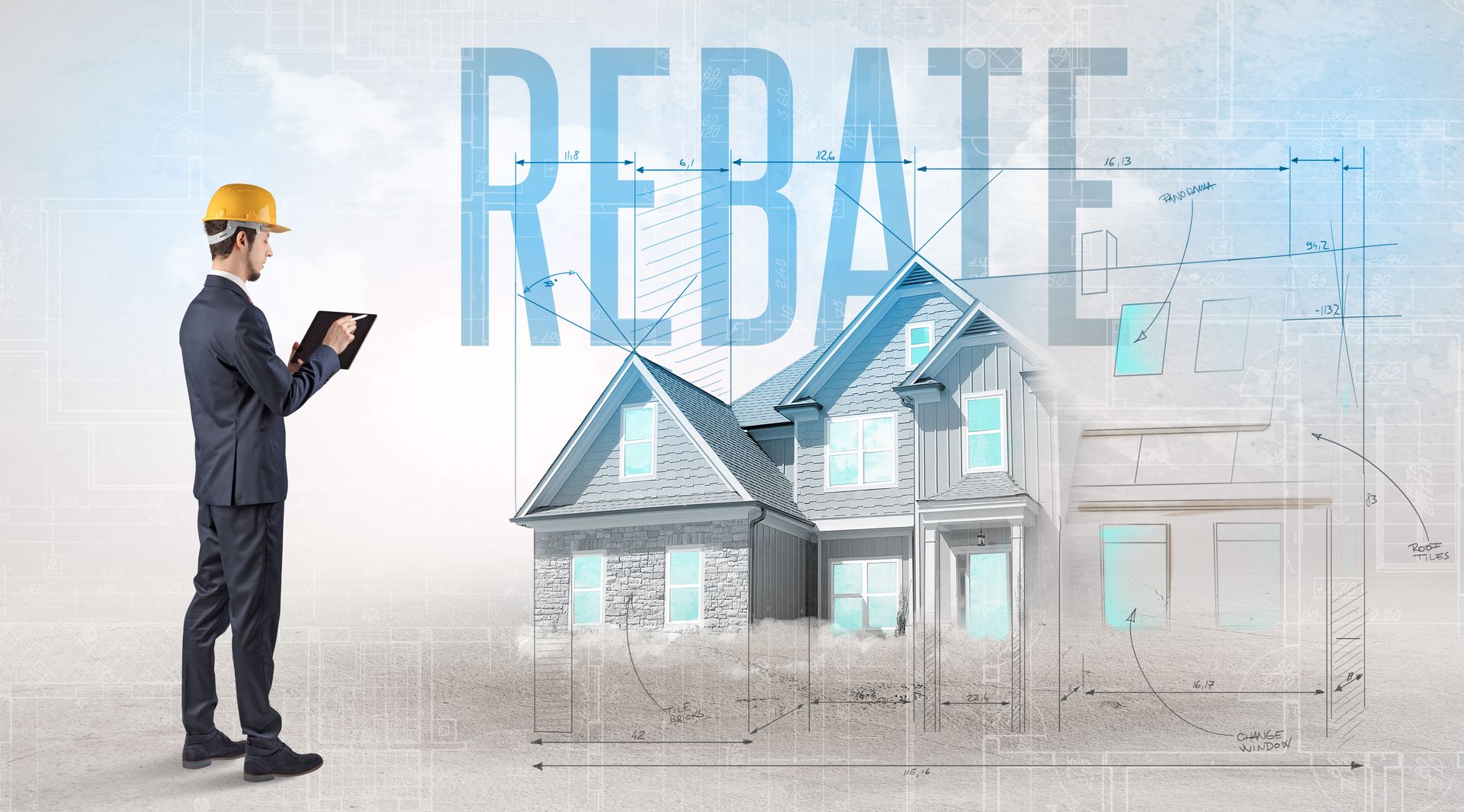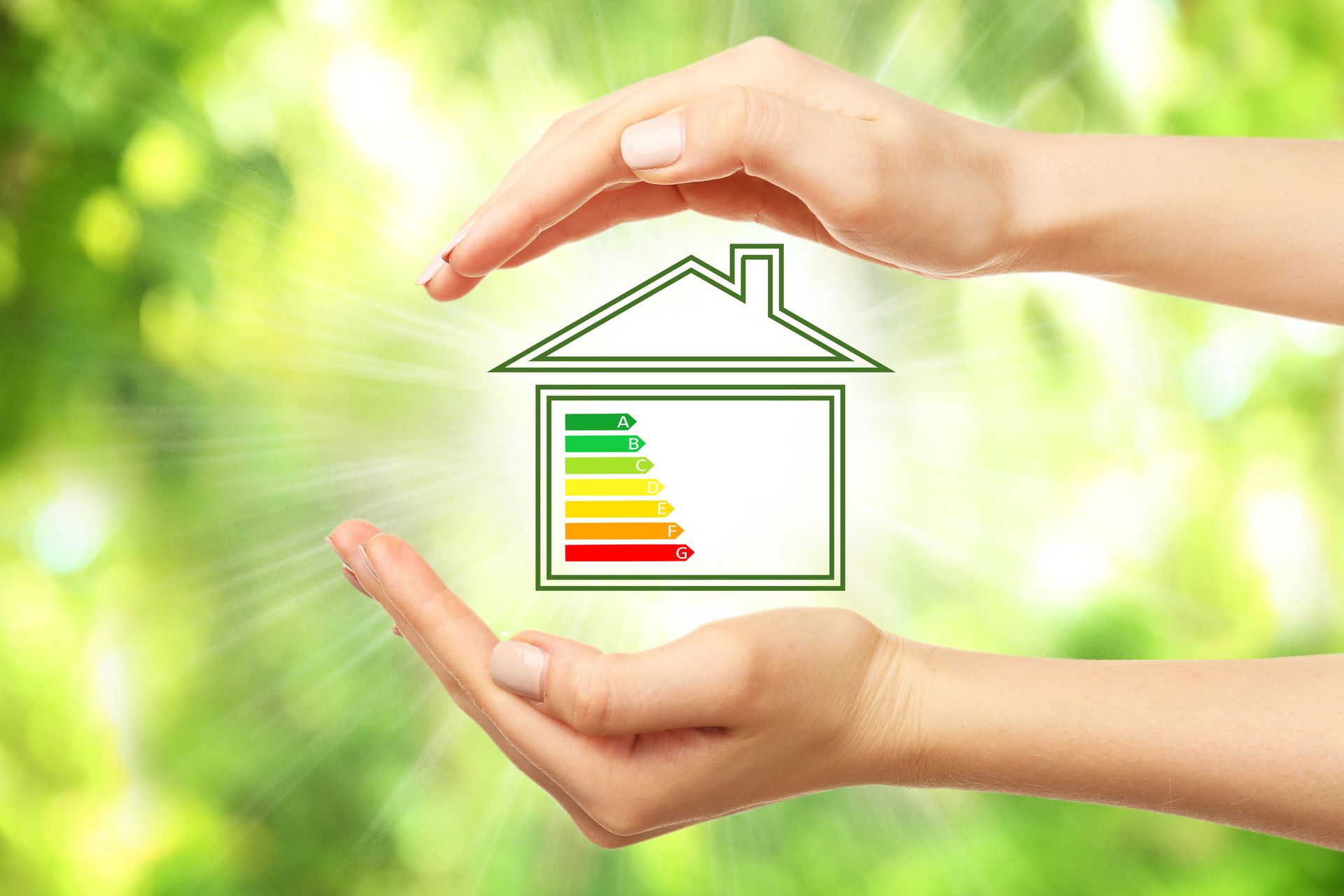Quality control and assurance are necessary for creating a perfect final product.…
ENERGY STAR® NextGen™: What You Need to Know
EnergyStar has been the leading proponent of the energy-efficiency movement in the US over the last several decades.…
What is a Stormwater Management Plan?
It’s no secret that mankind has a significant impact on the environment, especially in construction.…
When Is a SWPPP Required? Do I Really Need One?
Recent data show that construction zones are responsible for 40% of drinking water pollution in the United States.…
How to Develop a Construction Site Safety Checklist
Construction is considered one of the most dangerous industries for workers worldwide.…
Submitting a Notice of Intent to the EPA: What Do Permits Cover?
The National Pollutant Discharge Elimination System (NPDES) plays a pivotal role in safeguarding water quality across the United States.…
Sources of Stormwater Runoff Pollution On Construction Sites
Stormwater runoff pollution is a significant environmental concern, especially on construction sites where land disturbance can result in erosion and releasing harmful contaminants into waterways.…
What Does It Mean to Be EnergyStar Certified and Why It’s Important
As the cost to build a home increases, builders need to offset these costs with the prices they charge for their services.…
Utility Rebates Programs Available to Builders
As the cost of construction and new homes increases, builders are looking for ways to offset rising prices.…
9 Essentials of Building an Energy-Efficient Home
Energy efficiency is a win-win for homeowners and home builders. Freddie Mac reports that energy-efficient homes carry a 2.7% higher resale value and that NAHB that nine out of ten prospective homebuyers desire energy efficiency as a major selling point.…


